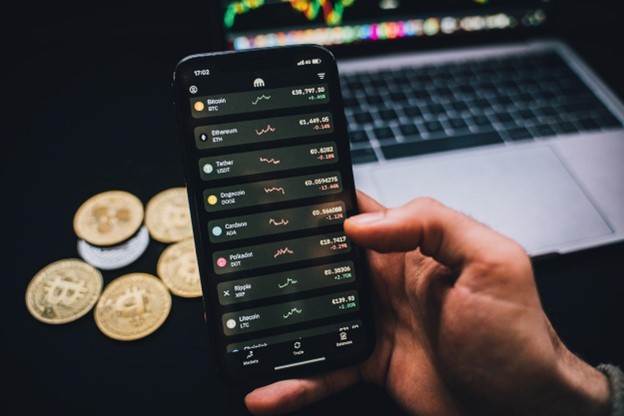What Are The Differences Between Margin and Futures Trading?
Other by Psylocke on Aug 25, 2022
As a modern-day, profit-savvy stock investor, a wide variety of stock trading modes exist for you to choose from. You can decipher the kind of trading you want to go into depending on the available capital, your trading goals, your knowledge and experience, and the trading difficulty you want to attempt. Risk is usually directly proportional to reward, and that is some information worth knowing if you are considering leveraged trading. The cream of the crop when it comes to that are margin trading and futures trading. However, considering they are both leveraged and have similar operating styles from a distance, what then sets apart margin and futures trading? To answer this properly, we would have to explain each term;

Margin Trading
Margin trading involves trading with borrowed money. It is the kind of trade that allows stock traders to obtain stocks from a brokerage to carry out a trade, after which they return the assets to the brokerage. Thus, you do not actually buy or own stocks in margin trading, merely accessing the third party’s assets through your margin account. A margin account is a ”loan account” you open with a brokerage. To maintain the account, you must provide collateral that offsets part of your credit risk with the third party.
This collateral is eponymously called a margin, which makes sense considering that it is technically the margin between your credit ceiling and your threshold. To eliminate the risk (not credit) of being overly complicated, a viable scenario would be Trader A opening an account with Brokerage B. A has to fund the account with margin, which B would use as collateral in borrowing A more stocks. So A could fund his margin account with $5000 and enter into a trade worth $10000. This means he borrows the $10000 from B using the $5000 as collateral. The margin is important because it is the financial commitment B can use to cover the borrowed funds in the event A makes heavy losses.
Futures Trading
On the other hand, futures trading is a kind of derivatives trading. This means that assets are not being directly traded but rather contracts that derive their value from assets. Futures trading deals with trading contracts requiring the parties to buy and sell their underlying asset at an agreed point in the future. This contractual duty is compulsory and must be offset when the contract expires at the agreed price, irrespective of the asset’s real price when the contract expires. Futures trading is normally done by companies and individuals that want to secure a particular quantity of an asset ahead of when they need it. This helps to protect against economic factors such as inflation and scarcity.
However, some traders tend to capitalize on the minute fluctuations in the values of the contracts themselves to make profits. However, it is not easy to make that much profit from the variations in pricing, except you wager a huge sum of money on it. This introduces the concept of margin and leverage into futures trading, which works very much as it does in margin trading. For this reason, they open an account with a stock futures brokerage depending on the market they want to trade in.
That drives us back to the original issue at hand. Margin trading and futures trading bear striking similarities in many ways, which could lead some to treat them as one and the same. This is a horrible and costly error you definitely do not want to make, leading to you having to know how to distinguish between them.
Differences between Margin and Future Trading
- Leverage: From the elaborations, we have made on the nature of margin and futures trading, it can be established that they are both margin-intensive kinds of trading. However, a significant difference between margin and futures trading is the extent of leverage made available for traders. Margin trading markets typically offer up to 10x leverage, allowing traders to amplify their initial investments by 10. However, futures markets offer a lot more, with some markets offering up to 50x or even 100x leverage.
- Asset Class: Margin trading usually takes place in the spot market. This means that traders actually buy the asset in itself rather than a shadow of it. Futures trading, on the other hand, is a derivative asset class. This means that rather than trading the real thing, traders merely trade contracts or agreements to buy or sell the asset at a later date.
- Risk: The levels of credit risk associated with futures trading are significantly higher than margin trading. This is because of the higher leverage in futures that gives traders too much more credit to trade with and potentially lose.
Conclusively, these margin-based trading types might look like two peas in a pod, but their distinctiveness is in no way marginal (pun intended). But while they do differ across features such as leverage and degree of risk, they definitely agree that they are both rewarding yet risky nonetheless. With a good eye on this, get your margins ready, and good luck with your future ventures in trading!
Moderator, NoobFeed
Latest Articles
No Data.

